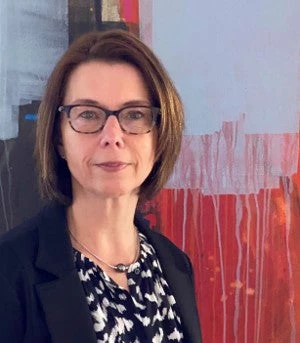Neil Fantom, Manager, Development Data Group, Nicole Klingen, Sector Manager,Health, Nutrition and Population, and Aleem Walji, Director, Innovation Labs at the World Bank guest blogged on Google's Blog space today to explain how the World Bank's data is being showcased on Google's new Maps Gallery. Read the full blog post.
Almost half of the world’s population lives each day on just a pocket of change or the equivalentof just a few dollars. In 2010, 1.2 billion people tried to feed and clothe their families, put roofs over their heads and pay for healthcare and other essential services with less than $1.25 a day.About 3 billion people lived on less than $4 a day. That’s why at the World Bank, our goals are as enormous as the challenges people face. We’re working with countries to end extreme poverty by 2030 and boost the prosperity of the poorest 40% of people in developing countries.
These goals are ambitious. But they’re also achievable if we start with data that’s open and accessible to everyone who needs it: the policymakers, researchers, civil society, journalists and citizens who are effecting transformational changes in their countries. At the World Bank, we’re serious about open data because it helps countries understand where their nations’ poorest live in relation to the resources they need most, such as food and medical supplies.
We’ve curated estimates for years of indicators, such as infant and maternal mortality, life expectancy, malnutrition, and access to water and sanitation. These indicators give country level estimates that help shape a country’s development agenda—but we need to look beyond national totals and averages to better understand what’s happening locally, where there’s a unique set of challenges with an equally unique set of solutions.Recently, we’ve been working with the World Health Organization to curate a dataset of malnutrition indicators. Now, this malnutrition dataset is in Google Maps Gallery—and it’s just one of the datasets that are helping countries map their people in relation to essential services, systems and resources.
Read the full blog post.
Almost half of the world’s population lives each day on just a pocket of change or the equivalentof just a few dollars. In 2010, 1.2 billion people tried to feed and clothe their families, put roofs over their heads and pay for healthcare and other essential services with less than $1.25 a day.About 3 billion people lived on less than $4 a day. That’s why at the World Bank, our goals are as enormous as the challenges people face. We’re working with countries to end extreme poverty by 2030 and boost the prosperity of the poorest 40% of people in developing countries.
These goals are ambitious. But they’re also achievable if we start with data that’s open and accessible to everyone who needs it: the policymakers, researchers, civil society, journalists and citizens who are effecting transformational changes in their countries. At the World Bank, we’re serious about open data because it helps countries understand where their nations’ poorest live in relation to the resources they need most, such as food and medical supplies.
We’ve curated estimates for years of indicators, such as infant and maternal mortality, life expectancy, malnutrition, and access to water and sanitation. These indicators give country level estimates that help shape a country’s development agenda—but we need to look beyond national totals and averages to better understand what’s happening locally, where there’s a unique set of challenges with an equally unique set of solutions.Recently, we’ve been working with the World Health Organization to curate a dataset of malnutrition indicators. Now, this malnutrition dataset is in Google Maps Gallery—and it’s just one of the datasets that are helping countries map their people in relation to essential services, systems and resources.
Read the full blog post.




Join the Conversation